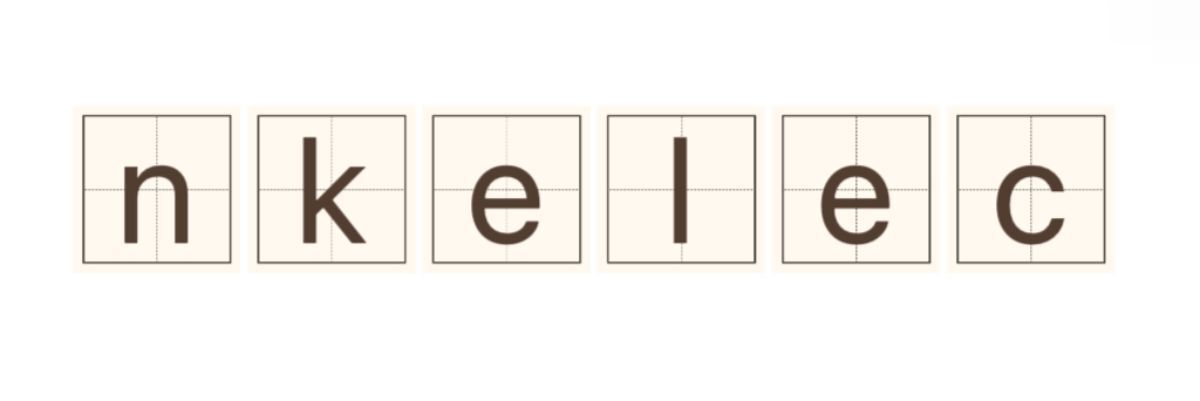MV Power Distribution Cables: PVC vs. XLPE Explained
Jul. 23, 2025
The choice of insulation material is crucial when determining the efficiency and reliability of Medium Voltage Power Distribution Cables. Among the most common insulation types are PVC (Polyvinyl Chloride) and XLPE (Cross-Linked Polyethylene). This article aims to clarify the differences between these two insulation materials and their implications on Medium Voltage Power Distribution Cables.
If you are looking for more details, kindly visit Medium Voltage Power Distribution Cables.
What is the primary difference between PVC and XLPE in Medium Voltage Power Distribution Cables?
The primary difference lies in their chemical structure and thermal properties. PVC is a thermoplastic, while XLPE is a thermoset material. This fundamental difference affects their performance in various conditions.
1. What are the thermal characteristics of PVC and XLPE?
PVC can generally handle temperatures up to 70°C (158°F) continuously, while XLPE can withstand higher temperatures, up to 90°C (194°F) for continuous operation, and even higher for short-circuit conditions. This makes XLPE more suitable for applications where higher thermal endurance is required.
2. How do PVC and XLPE perform in terms of electrical properties?
XLPE has superior electrical properties compared to PVC. It has lower dielectric losses, which means it can handle higher voltages without significant energy loss. This quality is particularly beneficial for Medium Voltage Power Distribution Cables, as it enhances efficiency and performance in power transmission systems.
3. What about the impact of environmental factors on these materials?
When exposed to environmental stressors, XLPE outperforms PVC. XLPE is resistant to UV radiation, moisture, and chemicals, making it a better choice for outdoor installations. In contrast, PVC can degrade over time when exposed to these elements, especially UV light, which can weaken its structure.
Related links:Key Considerations When Purchasing Copper Power Cables
4. How do the costs of PVC and XLPE compare?
Generally, PVC is less expensive upfront than XLPE. However, when considering the long-term benefits such as durability and efficiency, XLPE can offer better value over time, particularly in demanding conditions where the reliability of Medium Voltage Power Distribution Cables is paramount.
5. Which material is more flexible and easier to install?
PVC is typically more flexible and easier to handle, making installation simpler in certain scenarios. However, XLPE's strength and robustness can often outweigh this advantage, especially in environments where cable protection is essential.
What factors should be considered when choosing between PVC and XLPE for Medium Voltage Power Distribution Cables?
When deciding on the best insulation type for Medium Voltage Power Distribution Cables, consider the following factors:
- Environmental Conditions: Assess the installation environment, including exposure to temperature extremes, moisture, and chemicals.
- Electrical Requirements: Determine the voltage and current requirements of your application, and choose the material that provides better performance.
- Installation Flexibility: If flexibility and ease of installation are key factors, consider whether the installation allows for the use of PVC or if the benefits of XLPE outweigh its rigidity.
- Long-term Costs: Factor in not only the initial cost of the cables but also the potential long-term savings from reduced maintenance and increased efficiency.
Conclusion
In summary, both PVC and XLPE have their advantages and disadvantages in the context of Medium Voltage Power Distribution Cables. While PVC may be more cost-effective for less demanding applications, XLPE's superior thermal and electrical properties make it the preferred choice for more challenging conditions. Evaluating environmental factors, electrical requirements, installation flexibility, and long-term costs will help make an informed decision on which material is best suited for your needs.
If you want to learn more, please visit our website rvv cable.
216
0
0


Comments
All Comments (0)